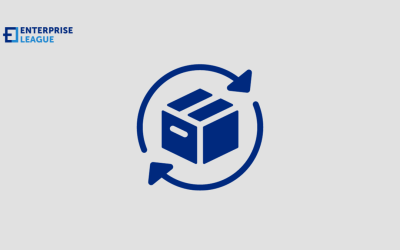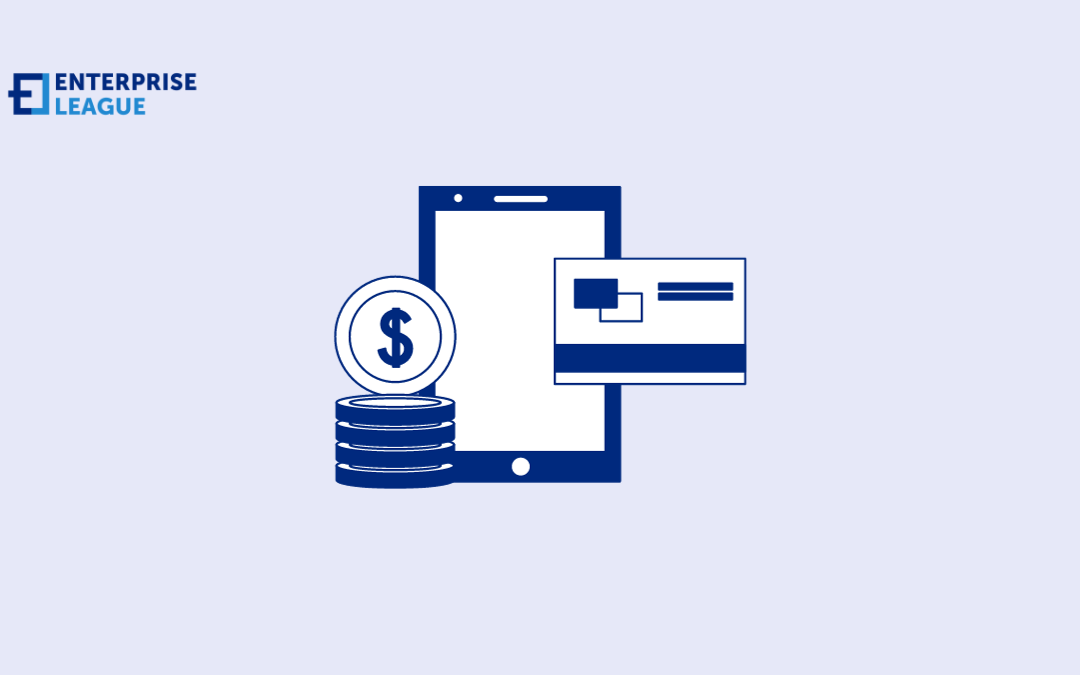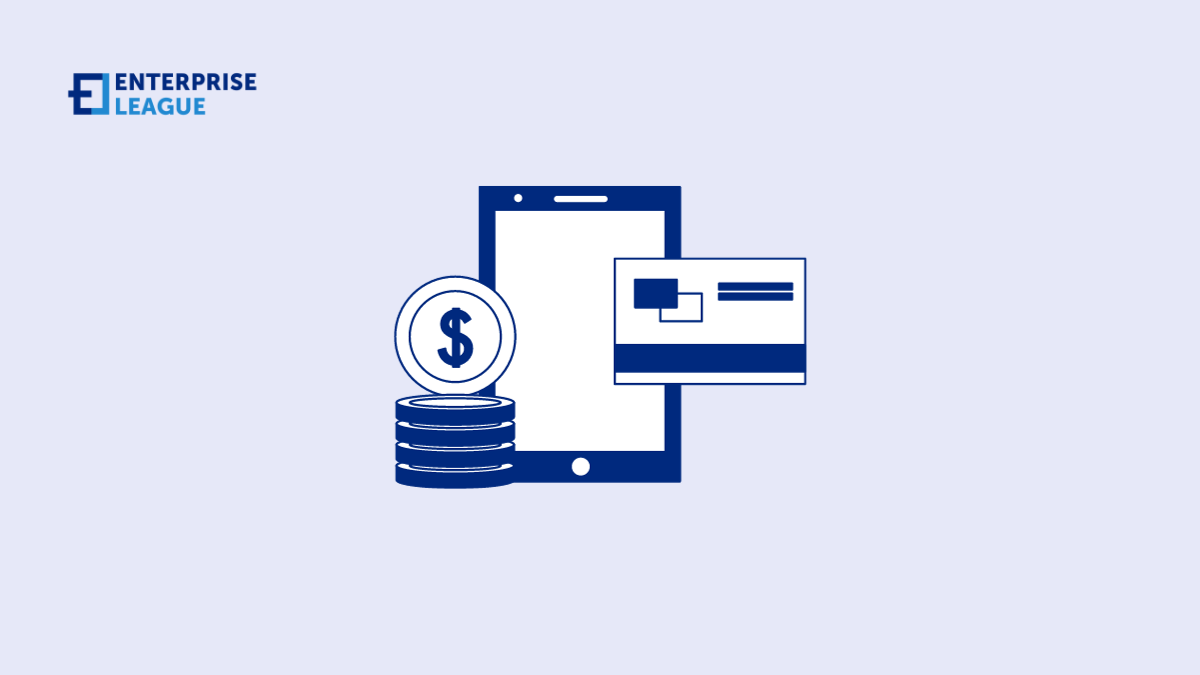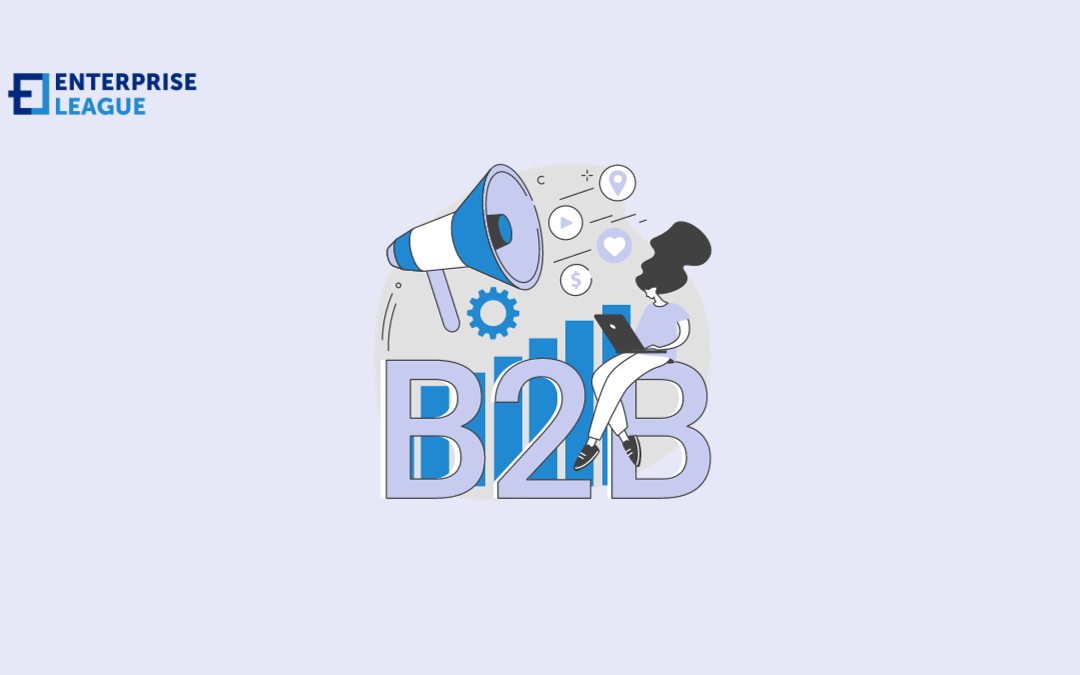In this article, we particularly will explore the Salesforce secure file transfer protocol (SFTP) integration along with the methods for its implementation.

4 tools to enhance your business performance (2025)
Running a business normally means caring a lot about the business’s performance and the results received from the operations. If you have ever launched your own company, you probably know how intense and worrying it can be and how disappointing the outcome might be.
However, if you are thinking of starting your company or already have one and feel that something is wrong, we will try to help you with some useful tips regarding your business performance. We hope that our review with a set of tools to help to improve the situation will save you from common mistakes and disasters.
4 must-know tools for improving business performance
Some of these tools might be new for you; others may sound obvious or familiar. Even so, it is never too late to try improving your business efficiency in as many ways as possible.
Online tools
It is not a secret for anybody that the Internet has simplified our lives in a way. The online world provides people all over the world with so much information and handy tools that you can easily attach some of them to your business.
Suppose, you need to prepare a wide range of various legal documents that relate to your business and other aspects of your life. For this, you need to find some proper templates to fill out.
Online helpers, like Forms Pal, will solve such problems in a second because you will find dozens of different legal templates that you can download easily.
Among the forms you may use for business purposes are the following:
- Purchase agreements
- LLC operating agreements
- Non-disclosure agreements (also known as NDAs)
- Letters of intent
And many more. Besides various templates used in business, the site will also provide you with many templates used for personal reasons.
Other handy online tools include software and programs that simplify your company’s accounting, communications inside the team (or departments, if you run a rather big company), tasks delivery, and many other aspects.
For instance, if you feel like there is a problem or a miscommunication between some of your team members, it is never too late to ask everyone to install Trello or Slack and deliver tasks there. Such programs allow you to keep all processes in order, appoint responsible employees for every single task, and see the progress of everybody’s work.
If there are obvious difficulties with accounting, start tracking your company’s finances with programs like Wave or Xero. They have a convenient interface and a nice design, and you will probably start feeling better about dealing with your finances and budgets.
We have learned how important it is to have online tools at hand during the pandemic because many of us moved to our home offices. This also leads us to massive online communication using our cameras and microphones. To make online meetings easier, try easy-to-use instruments like Google Meet or the very well-known Zoom.
Marketing tools
Even if your business is successful and you have more clients than ever, you should always keep in mind that smart promotion of your goods or services is a priority. So is your customers’ happiness received from using your goods or services. And for both these things, many smart marketing tools exist.
Today the Internet may offer you some gems like Google Analytics to check your campaigns’ outcome, Mailchimp to keep your email sending in order, Wix and WordPress to create beautiful landings and websites, Figma to develop fantastic designs, and many other features.
Regarding offline tools, we can always remind you of meetings with your team, brainstorming together for ideas, and focus groups. These are traditional methods used in marketing research that somehow still work in specific business areas.
Of course, while using all of the tools mentioned above in your company, you have to ensure that the things you sell and present on the market have the “top of the top” quality. If something goes wrong and some of your goods or services leave your customers dissatisfied, you should always admit this fact and suggest replacing the item or improving the situation. Even if you are the one who is right, remember that golden rule: “customer is king.”
Human resources tools
In the majority of companies all over the world, human resources are a massive and important topic that every business leader should take care of. The reason is simple: the company’s well-being and success directly depend on the employees’ state of mind and mood at work.
There are some essential things to consider when we touch on human resources in a company. Among them are the following:
- The way you hire personnel
- The way you treat your employees
- The way you give feedback to them
Let us briefly consider these three. We have promised you to mention more online tools at the beginning, and the HR tools are not an exception. For hiring, you can use online resources like LinkedIn, where many professionals gather together. In the offline world, you always have word of mouth and recommendations from your colleagues, friends, or family.
Regarding your employees’ treatment, the tools are simple: you have to treat everybody with respect and pay attention to everyone (if your business is rather small and it is possible). If there are too many workers, it might be a good idea to broaden your HR department and hire one or two people who will care for all the employees.
Also, remember about the basic rules of adequate communication: try not to bother your colleagues after hours, gather informal meetings, Friday beers, and birthday celebrations. Additionally, try to not be greedy about bonuses and nice gifts for Christmas and birthdays.
Educational tools
Remember that studying is always a great thing to do for you and your employees. On the employees’ side, you may organize some courses if they want. For instance, some companies provide their workers with courses to learn other languages.
Speaking of you, one day, you may realize that you are missing something and need to make your business even more successful. Currently, education is at its highest position, with all the offline famous universities and institutions and online courses.
The easiest way to find your best options is to do research online. For some topics and subjects, you may use lessons on Coursera and receive an official certificate once you finish the course. Other themes require diving more seriously and attending classes. However, even if you have to visit a university or any place else, teachers usually feel fine about adult students who work, and the material to learn is available online.
Suppose you want to improve your qualification and education level, but the thought of getting back to the university scares you to death. In that case, the Internet has plenty of courses from the top American universities and institutions all over the world to offer you. Besides the Coursera portal we have told you about before, you may check out the edX platform where you can choose different programs and degrees from the top places like Harvard, Berkeley, MIT, Boston University, and many others.
Conclusion
Of course, there are many other useful tools that will help you generate your business’s constant success. Among them are hiring business consulting professionals, outsourcing companies to unload some of your workers, and many other instruments that will fit larger companies.
More must-read stories from Enterprise League:
- Foretelling: transform your business by predicting future trends.
- Everything you need to know about how to onboard a new employee.
- Creative spiritual business ideas that you can start today.
- Golden rules about Google advertising for small businesses.
- Creative and profitable outdoor business ideas you should be aware of.
Related Articles
Everything you need to know about salesforce integration with SFTP server
Creative ways to engage your audience with customized products
From personalized packaging to bespoke designs, we will explore the most creative product customization ideas that
entertain and engage modern consumers.
Companies that offer sustainable and automated packaging solutions
Let’s take a look at companies that offer sustainable and automated packaging solutions, what these are, and why you may want to utilize these services today.
29 starting a business quotes to inspire you
We know that starting your own business can be a scary thing to do for most people, that’s why we made a list of encouraging 29 starting a business quotes.
25 inspirational trust quotes for business (2025)
Trust is the foundation of every interaction and every decision and with that we’ve made a list of 25 inspiring and motivational trust quotes for business.
















